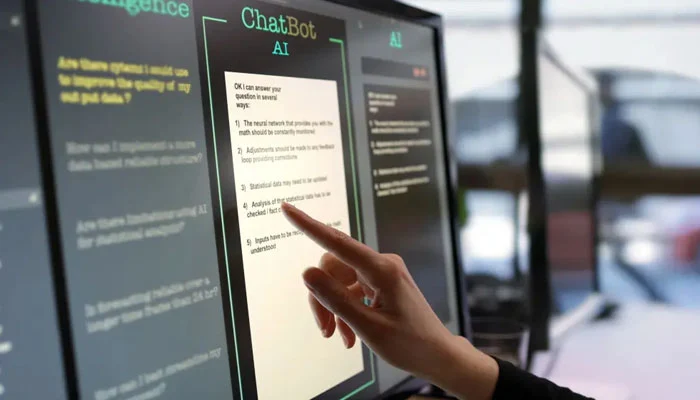Tech
Rise of robots? AI now capable of generating AI, paving way for autonomous evolution

Latest News
The green colour of WhatsApp ‘angers’ some users.
Latest News
Punjab will provide fifty thousand solar kits.
Pakistan
There will be free WiFi in public parks.
-

 Latest News14 hours ago
Latest News14 hours agoIn KP rain-related incidents, ten people died.
-

 Latest News14 hours ago
Latest News14 hours agoThe green colour of WhatsApp ‘angers’ some users.
-

 Latest News15 hours ago
Latest News15 hours agoPunjab takes action against factories that generate smoke.
-

 Latest News14 hours ago
Latest News14 hours agoThe nomination of Ishaq Dar as deputy prime minister raises concerns.
-

 Latest News14 hours ago
Latest News14 hours agoPM Shehbaz will meet with Saudi ministers and speak at the WEF special session today.
-

 Business14 hours ago
Business14 hours agoOver 500 points are lost by PSX stocks during intraday trading.
-

 Latest News14 hours ago
Latest News14 hours agoAudio leaks case: FIA, PTA, and PEMRA pleas seeking Justice Sattar’s recusal dismissed
-

 Latest News15 hours ago
Latest News15 hours agoIn Pakistan’s 91 districts, an anti-polio campaign is launched.




















